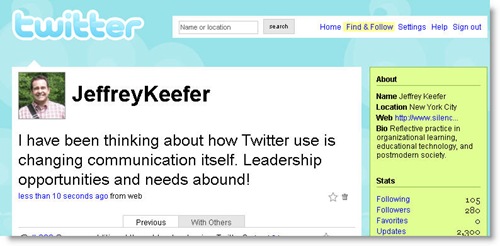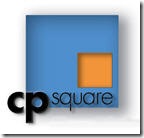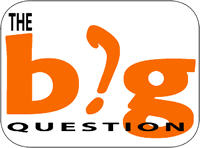I have been saying for some time now that Twitter is one of those phenomena that come along from time to time that changes the very way we communicate. It does not allow us simply one more way of doing what we have been doing. Instead, it alters communication itself.
Those of us who Tweet often think and share and communicate and interact differently from before we started with the application.
I used the example in my graduate Leadership class on Tuesday night, “How many of you have cell phones?” Yes, all their hands raised. What surprised me was my follow-up, “How many of you do not have land-lines at home?” Half raised their hands. HALF! In only a few short years the importance and modality and paradigm of using a phone has changed, and in the process our connectivity and expectations and ways of communicating have changed as well.
Business Week seems to be leaning in this direction as well with their article in this week’s issue. Those of us who have been using Twitter find our ways of interacting different as well.
Case in point. I Tweeted on Tuesday night, in my graduate Leadership class, while I was demonstrating Twitter. I sent a Tweet and asked anybody out there to say hello to my class. I received 5 replies from friends and colleagues around the world who were reading Twitter and sent their greetings and encouragement in return. FIVE people. Unscheduled. Unplanned. Real-time. Try communicating to a group in any other medium and getting a response back so quickly. The speed of information exchange, idea development, collaboration, and our very approach to communication itself is now put on its head.
Where is leadership in all this? I think the question is more along the lines of new possibilities for leadership in ways we never considered. With communication increasingly flat, the sky is the limit.
Do you agree with my assessment?



 I really like the ASTD Learning Circuits
I really like the ASTD Learning Circuits